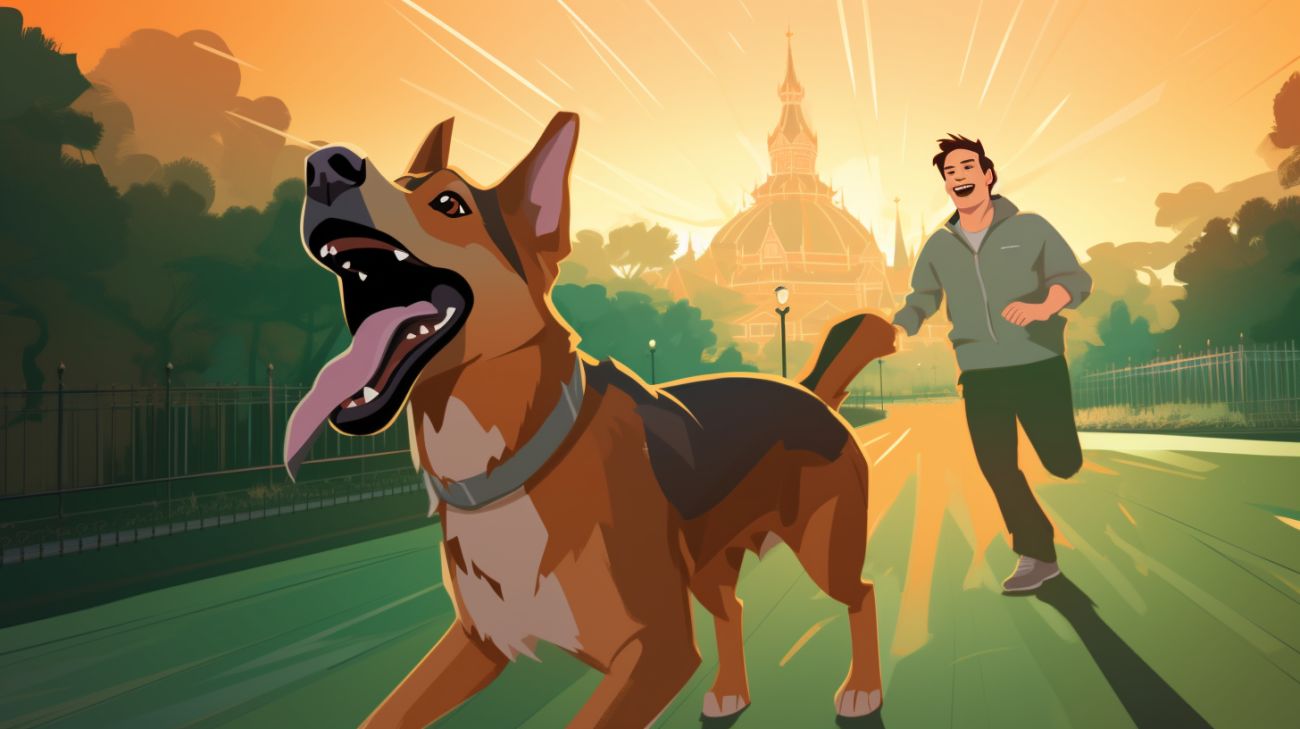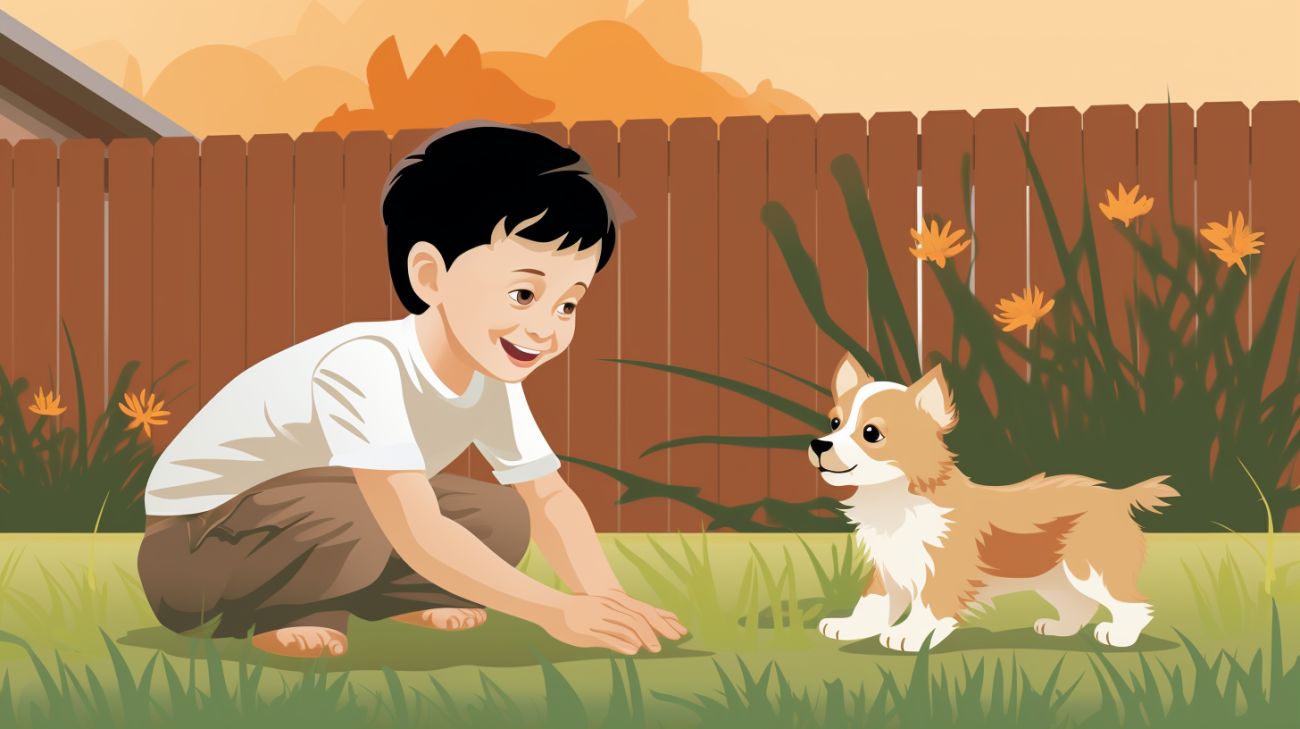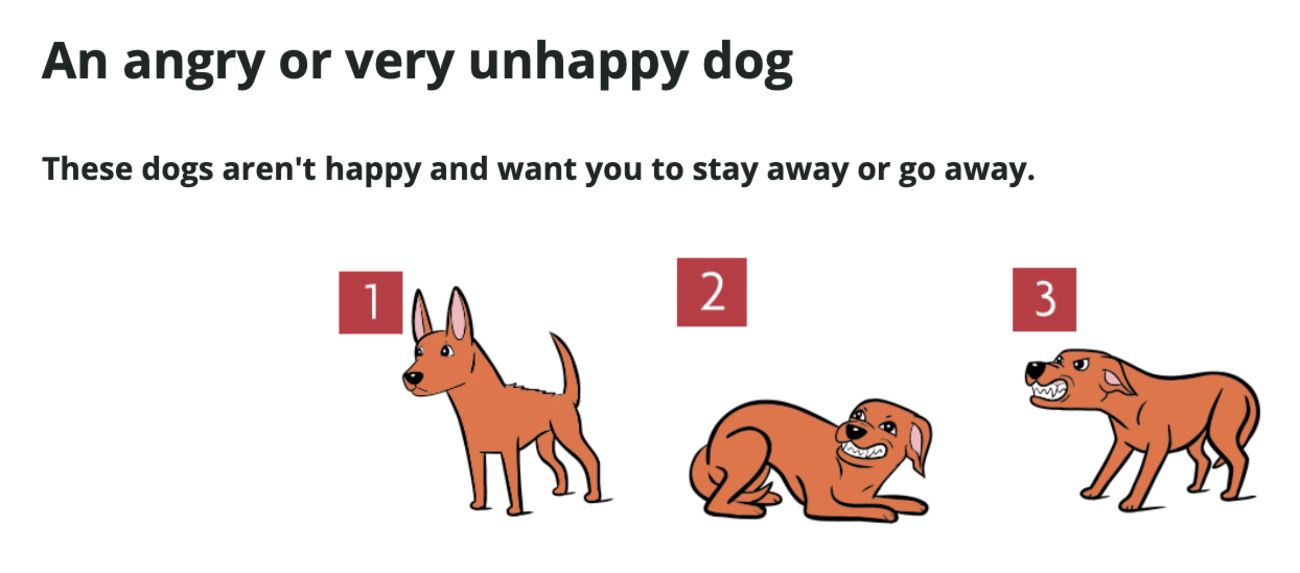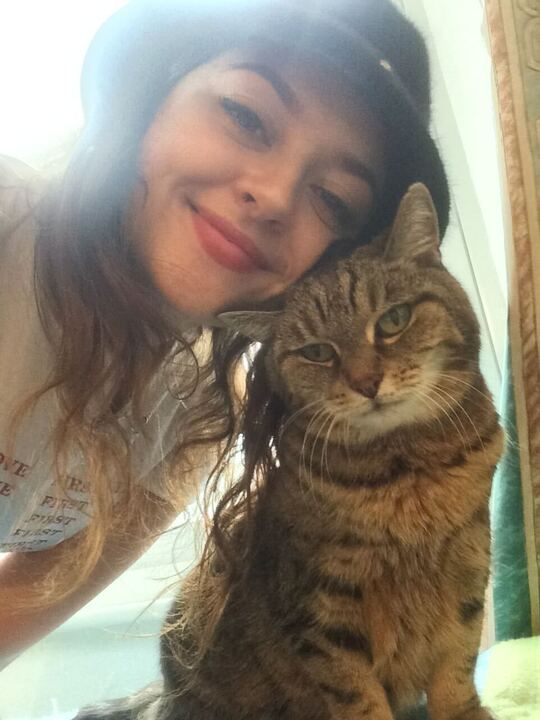Key takeaways
We may love it when our dogs start racing around the house and running in circles, but what causes this behavior?
We're deep diving into the famous zoomies, exploring what they are and what causes this behavior.
We'll also offer our expert advice on observing the signs of a happy dog and an unhappy dog, so you can give your pup the best care possible.
Quick Navigation
What are zoomies?
Telling your dog you're going for a walk
Drying your dog after they become wet
Bathing your dog

Why do zoomies happen?
Young dogs
Young dogs and puppies are still getting used to the world, meaning simple things like walkies, dinner, and just life itself can cause your very happy dog to run wild in exhilaration.

Happiness

Excess energy
Invest in puzzle toys and feeders
Employ a dog walker if you don't have the time
Set aside 'playtime' with your dog
Don't leave your dog alone for long periods of time

What are the signs of a happy dog?
Relaxed tail position: A tail that is gently wagging, or a different relaxed tail position, shows that your dog is not stressed and is quite content. Whereas a tail between the legs or a rigid and straight tail should generally raise some concerns.
Floppy ears: It may come as a surprise, but ear shapes can help you understand your dog's mood. Floppy, relaxed ears show you that your pet is comfortable and calm. But ears that are pricked up or angled backward may indicate stress, fear, or even anger.
Relaxed body posture: A relaxed body is a sure sign of a happy dog. If your pup is rigid, unmoving, or contracted, they may be stressed or fearful.
Relaxed mouth tongue: We're used to seeing our dogs with their tongues rolling out the side of their open mouth because this is their natural position when your furry friend is relaxed and happy.

What are the signs of an unhappy dog?
Acting withdrawn: Acting withdrawn or hiding can often indicate a dog that is stressed, sick, or unhappy. Dogs naturally try to hide their weaknesses, so if they are hiding from you, they may be concealing an illness or an injury.
Eating behavior changing: If your dog is undereating or overeating more or less than usual, this may show their fight or flight instinct has been triggered. This means they may be feeling frightened or stressed.
Stiff body language: It's quite easy to tell when your dog isn't happy in a certain situation or environment. Their body will become stiff and rigid, their tail will go between their legs, and their ears will go back.

FAQs
Do wild animals get dog zoomies?
So, if this is normal behavior, you may be wondering whether it occurs in wild animals. The answer is yes! In fact, people have observed this behavior in all kinds of animals, from elephants to rabbits to guinea pigs.
Is it true that only happy dogs get the zoomies?
No, it's not true that only happy dogs get the zoomies. Dog zoomies can also be caused by stress or anxiety.
Should you let your dog do zoomies?
Yes, you should let your dog experience the zoomies. They are a natural expression of excitement and energy and one that can make you laugh a lot!
Does zoomies mean your dog is bored?
Zoomies don't always mean your dog is bored. Often, it can indicate excitement, pent up energy, happiness, or it can be completely random!
Should I ignore zoomies?
You don't need to ignore your dog's zoomies. It's a perfectly natural behavior! Just make sure they have plenty of space and are in a safe environment.
What dog breeds get zoomies?
Certain dog breeds get zoomies more than others. This can be because they naturally have more energy or a higher prey drive. Some dog breeds that get them more include Beagles, Border collies, and Chihuahuas.
Why do dogs get aggressive zoomies?
Dog zoomies may become aggressive if they haven't been trained properly. This is especially common in young dogs and puppies who haven't been trained not to bite.



